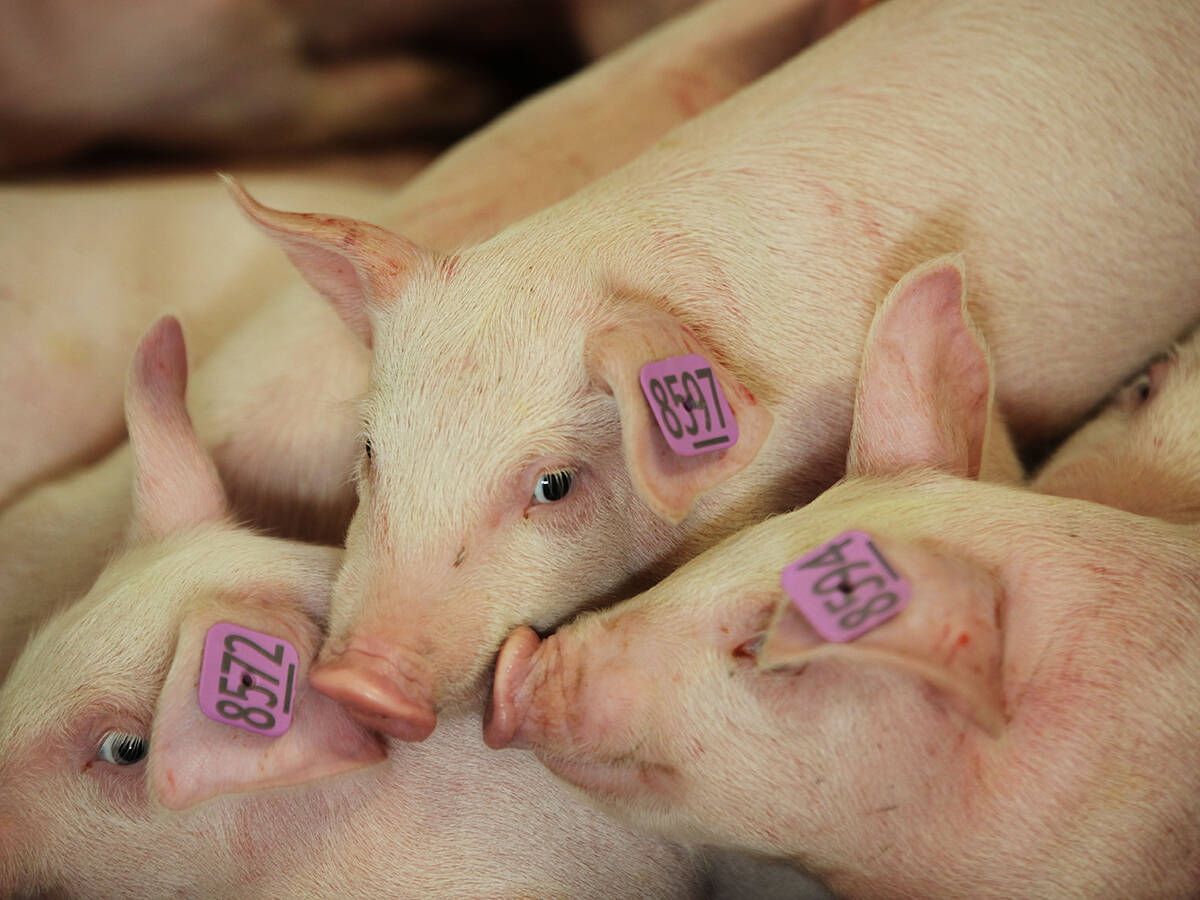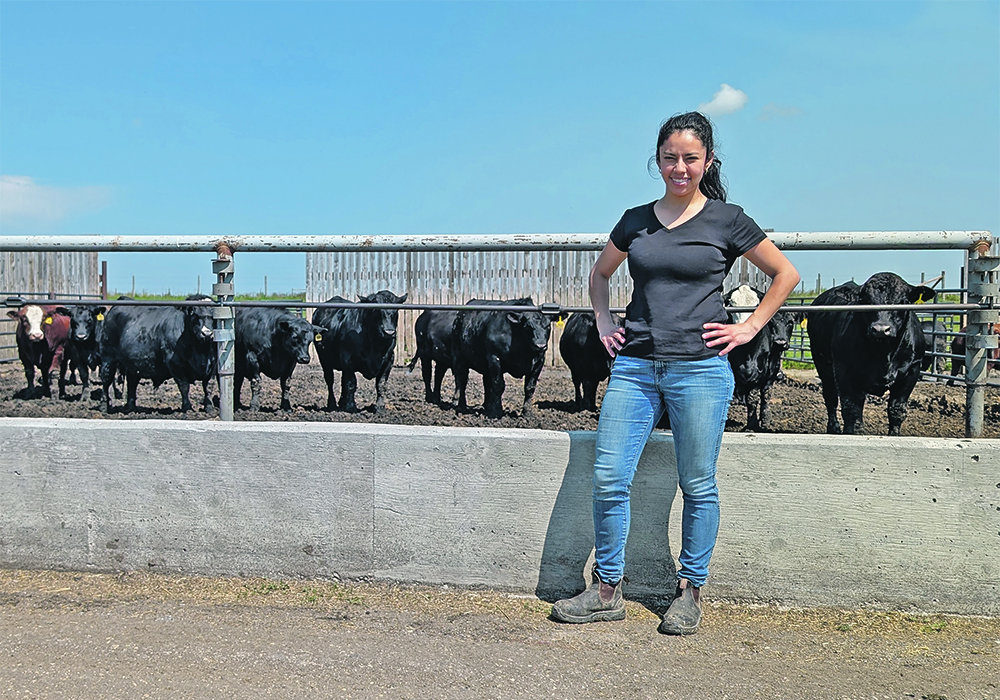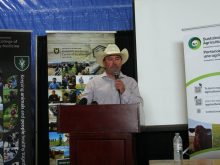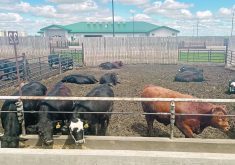A U of S graduate student attempts to determine how to improve straw rations by adding canola and flax screenings
Years of drought inspired Beatriz Montenegro Gonzalez to examine the potential of feeding wheat straw to cattle during tough economic times.
Gonzalez, a graduate student at the University of Saskatchewan, is studying its use in beef cattle diets, as well as canola and flax screenings, to see if they can be economically viable options when money is tight.
She made a presentation at the Livestock and Forage Centre of Excellence field day, near Clavet, Sask., in June. She said her partner’s experience with drought led to her interest in the topic.
Read Also

The Western Producer Livestock Report – October 16, 2025
Western Producer Livestock Report for October 16, 2025. See U.S. & Canadian hog prices, Canadian bison & lamb market data and sales insights.
“The question that came up was, is there anything out there that we can use that may not have necessarily the best nutritive value, but it’s cheap enough to get some of those producers through really tough economic times, especially during those years of drought and economic hardship,” she said.
Wheat straw has a low nutrient value, so “can we use some of those (canola or flax) screenings as a way to supplement that diet, from an energy perspective or from a protein perspective?”
Gonzalez said she started the research with a backgrounding trial in mid-November 2023. For four periods of 21 days, cattle were fed five different backgrounding diets.
Wheat straw was included at either 25 per cent or 50 per cent. Canola or flax screenings were included at 12.5 per cent on a dry matter basis. The control diet consisted of 60 per cent barley silage and approximately 30 per cent dry-rolled barley grain.
Canola meal, minerals, vitamins and other ingredients made up the rest of the diet. The canola and flax screenings were not crushed.
Over each 21-day period of the study, a weekly sample was taken of every diet ingredient and of the total mixed ration. Feed delivered and feed refused were also measured to calculate intake on a dry matter basis. Cattle were weighed at the end of each period.
Gonzalez said throughout the study, the main challenge was ensuring cattle maintained dry matter intake when fed the high wheat-straw inclusion diets.
Results showed cattle did best on the control diet, with average daily gain of 3.04 pounds. The low-straw/canola diet resulted in 2.38 lb. of average daily gain, and cattle on the low-straw/flax diet gained an average 2.4 lb. per day.
An economic analysis showed the control diet had a cost-to-gain ratio of $1.80 per kilo, the low-straw/canola diet was $1.96 per kilo and low-straw/flax was $1.90 per kilo.
The screening diets cost slightly more than the control diet, Gonzalez noted, but they can be an option for producers in times of drought, low feed availability and economic hardship, depending on the resources available.
She is now researching straw-based diets for finishing cattle. It features a five per cent or 10 per cent inclusion rate for wheat straw, with canola or flax screenings at 12.5 per cent. After the cattle are slaughtered, carcass weights, marbling scores and liver scores will be studied.
“I know that a lot of people may look at the results of the research and they say, ‘well, your cattle, they didn’t compare to a control diet, perhaps.’ That’s not the point,” Gonzalez said.
Instead, this study is designed to show there are other options during times of low feed supply, when decisions must be made on reducing herd size or finding cheaper feed.


















